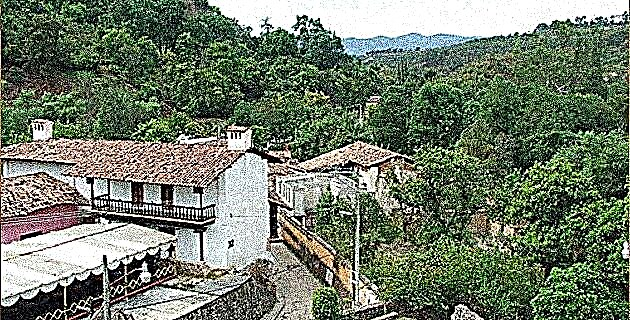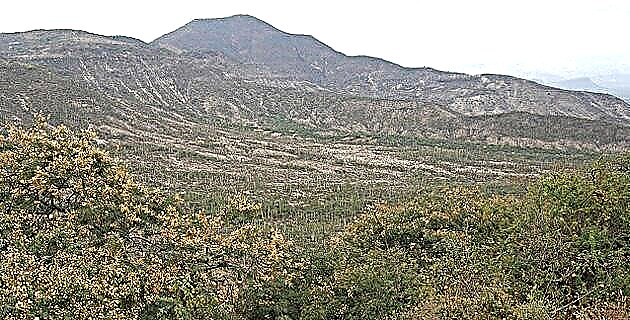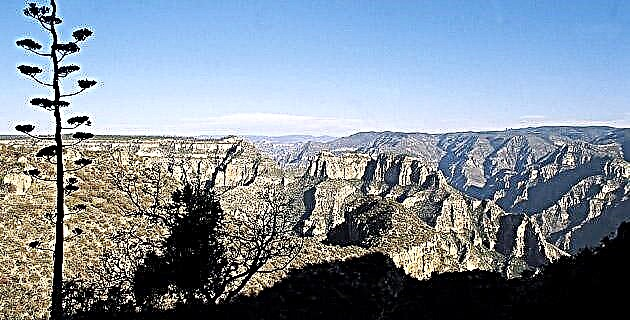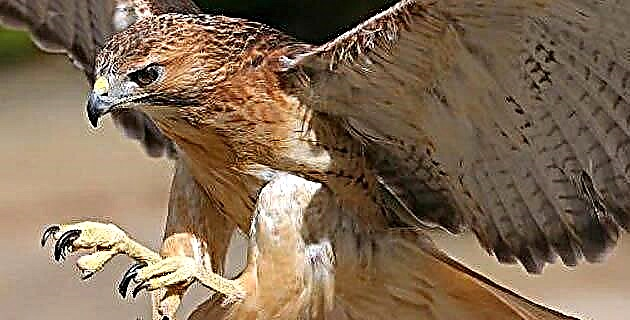
In world competitions, Mexican falconers are in the first places with the Harris hawk, so we decided to learn more about this ancient tradition.
The evolution of falconry in America has taken this sport to another level, to the extent that the most conservative falconers recognize it and Mexico is no exception.
In our country its practice offers one and a thousand possibilities. With a simple permit from the ejidatario or ranch owner, open spaces for hunting abound, which in some way benefits everyone. In the field, for example, rodent pests are a real nightmare for farmers, so having a group of falconers nearby is always useful.
Although it can be practiced throughout the territory, the states with the longest tradition are the State of Mexico and Querétaro, where not only are there incredible places to go out, but the groups of falconers are by far the most serious. Of these, the Asociación Queretana de Cetrería A.C. and Cetreros del Valle in the State of Mexico, are undoubtedly the two most recognized.
In second place are the states of San Luis Potosí, Puebla, Morelos and Veracruz, which in sum make this central region the most popular. In fact, the abundance of wild prey and the good climate of this region have made it a falconer paradise, which is reflected in world competitions, where Mexican falconers are ranked among the first places worldwide in hunting with hawks. Harris, which is a great achievement considering that in Mexico it is a tradition of just three decades. This success has also influenced the development and commercialization of falconry in our country. Nowadays, many expert falconers offer pest control and harmful fauna services, taking advantage of the skills of their birds of prey. Basically the job consists of scare the animals, mostly pigeons and rodents that somehow affect the crops. The simple presence of these predators eliminates the problem, since the combination of beak and claws scares away any harmful rodent for some crops.
Pen by pen
Basically, the species used in falconry are divided into low-flying and high-flying birds. The difference is in the height at which they frequently hunt. The Harris's hawk, for example, hunts at ground level, usually rabbits and small rodents, although it is adept enough to hunt small birds and even ducks in the open lake. Like all species, it can fly high. On the other side is arrogance, where the undisputed king of the skies is the peregrine falcon –the most popular raptor in the world–, a hunter of infallible height. His technique is simple, he rises to a great height and keeps waiting for a prey. When he sees her, he lets himself dive at high speed, leaving his prey without a chance. These sets are really spectacular. These birds are said to have clocked speeds of up to 450 km / h, making them by far the fastest living things on the planet.
By its wings ...
In the heights it is easy to distinguish raptors by the shape of their wings.
When it comes to short wings –low flight–, we speak of hawks or accipiters, which are very agile to chase prey in the forest. The short wings allow them to reach their maximum speed in a few seconds and their long rudder allows them to maneuver through dense undergrowth.
The birds of prey with long and pointed wings - high flight - are, for example, hawks. Its way of hunting is in a dive from a great height, thus reaching surprising speed.
Those with wide wings –low flight– such as Harris's hawk, which hunt from high perches, trees or poles, to jump on their prey by surprise.
The training
According to the falconer Mario Alberto Romero, training a bird of prey consists of four basic steps that must be followed:
Taming. During this part of the training the bird, generally juvenile, gets used to contact with people. It's basically about spending time together to gain their trust, a very important part of the process.
Conditioning. In this period, work with birds is carried out based on an action-reward relationship, such as flying to the glove or a lure and receiving food as a reward. This is operant conditioning that, over time, elicits an immediate response. The raptor flies at the moment the falconer offers him the glove or a decoy waiting to be fed.
Induction to the hunt. Once the bird is tame and ready to fly loose on the glove or lure, it can be introduced to the hunt. This is a very interesting process in which the falconer must set it free. If you have not adequately completed the first two steps of training, it is very likely that you will try to escape.
In their natural state, these birds are fed by their parents, who, by providing prey of different species and sizes, transmit knowledge to their chicks about the animals that are food. Being bred in captivity, the falconer must be very sensitive to replace this learning, with which the raptor can be successfully introduced to the hunt.
Hunting. After the hunting introduction process, the falconer provides you with all the possible advantages to achieve your first wild catches. With time and practice, this development should evolve to the point where the raptor catches its prey as its species do in the natural state.
The basic equipment
During the complete process, the raptor must get used to its equipment, glove, hood, pijuelas, fish market, bells and “T” cane, which are necessary for the practice of this sport.
The leather glove is used to protect the arm of the falconer, as all raptors, even the smallest ones, have sharp claws that could hurt it.
The hood is used to transport the bird. By preventing you from seeing everything that is going on, it remains calmer, which helps you focus more during flight hours. It is common for the hood to be worn for several hours, especially when transported on the road, so it is very important that it is custom made.
The pijuelas are two leather strips tied to each leg. They allow better handling. Its use varies depending on the stage of the training process you are in. At first they are attached to a rope that prevents an instinctive escape. After this stage, they are used only with a market of a couple of meters, which has multiple uses. In both cases it is necessary to use a pair of swivels so that they do not roll.
The "T" pole is a raised perch that allows better visibility of the field, a great advantage when it comes to hunting. In general, the falconer walks with his stick held high while a dog walks the ground. As soon as the prey appears, your bird goes on the attack. On a good day it is important to prime the hunter very well before attempting multiple catches. It is also necessary to use a granataria scale to find the exact weight for hunting, that is, the falconer must monitor the weight of his bird.
Arrival in Mexico
According to some experts, falconry as a sport came to our country during the colonial era, although there is no reliable record to prove it, so we can only assume that it has a few years of tradition. Nothing, if we compare it with the 200 years of formal practice in the north of the American continent and a couple of millennia in Asia, from which its origin is attributed.
Be that as it may, it is a millenary sport that came to Mexico from other regions, Burgos in particular, since almost all falconers in the country refer to the initiation manual of Félix Rodríguez de la Fuente, a renowned Spanish falconer who dedicated his life to The conservation of the environment. Almost 30 years after his death, the teachings of this pioneer continue to be a basic guide for any lover of falconry.
While it is true that many people think that this is a cruel sport, there are also those who feel a great hobby, it is a matter of opinion, what is a fact is that the perfect balance of the natural world is based on a simple law, " kill or die". No trained raptor acts differently from its species in the wild. Despite the intervention of man, the drama of life and death between the prey and its predator is the same.
Responsible falconry
In our country, the illegal trafficking of animals and plants is not only a crime, but also an active form of predation. Although many consumers are only looking for an exotic pet, in most cases the results are a disaster for everyone involved. In the case of birds of prey, a very high percentage end up locked in a small cage where their health deteriorates, causing damage that, in general, is irreversible. Most of the time, this enclosure prevents the birds from reaching sexual maturity, breaking the delicate cycle of reproduction that guarantees a natural balance.
It is estimated that in the illegal business, for each species sold, an average of 5 or 6 are killed in capture, transportation or confinement. Although the penalty for illegal purchase is severe, illegal traffic in our country is still very high.
This does not mean that it is impossible to get a bird of prey, only that its acquisition must be approved by current laws, which are dictated and regulated by the Ministry of the Environment and Natural Resources and the Federal Attorney for Environmental Protection, both committed to the protection and conservation of wildlife in our country, so it is generally a donation rather than a purchase.
It is very important that before starting the process some of the identifications registered by the National Institute of Ecology are verified, either with a plate, ring, tag or staple to be sure that it is a legal procedure. Likewise, donors must show a valid permit issued by the General Directorate of Wildlife. These accredited records are awarded after conducting an extensive scientific study to assess the populations of each species, thus ensuring a healthy balance of individuals in each region of the country where they are found.











